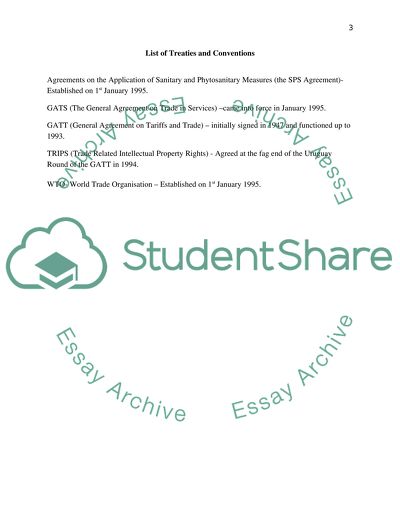Cite this document
(“Critically Assess the Scope, Meaning and Relevance of Essay”, n.d.)
Retrieved from https://studentshare.org/marketing/1413072-critically-assess-the-scope-meaning-and-relevance-of-non-discrimination-in-wto-agreements
Retrieved from https://studentshare.org/marketing/1413072-critically-assess-the-scope-meaning-and-relevance-of-non-discrimination-in-wto-agreements
(Critically Assess the Scope, Meaning and Relevance of Essay)
https://studentshare.org/marketing/1413072-critically-assess-the-scope-meaning-and-relevance-of-non-discrimination-in-wto-agreements.
https://studentshare.org/marketing/1413072-critically-assess-the-scope-meaning-and-relevance-of-non-discrimination-in-wto-agreements.
“Critically Assess the Scope, Meaning and Relevance of Essay”, n.d. https://studentshare.org/marketing/1413072-critically-assess-the-scope-meaning-and-relevance-of-non-discrimination-in-wto-agreements.


